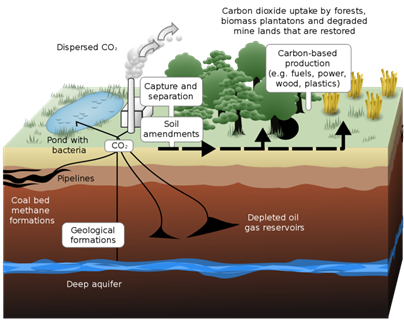Free Courses Sale ends Soon, Get It Now


Free Courses Sale ends Soon, Get It Now



Copyright infringement is not intended
Context: A study report, titled ‘Carbon Capture, Utilisation, and Storage Policy Framework and its Deployment Mechanism in India’, was released.
Details:
NCERT BOOK - https://www.iasgyan.in/ig-uploads/images/ncert_amazon_(1).jpg
Need for such technologies:
What is carbon sequestration?
Types of Carbon Sequestration
Examples of Carbon Sequestration
How Does Carbon Sequestration help the Environment?
https://pib.gov.in/PressReleasePage.aspx?PRID=1879865
© 2024 iasgyan. All right reserved